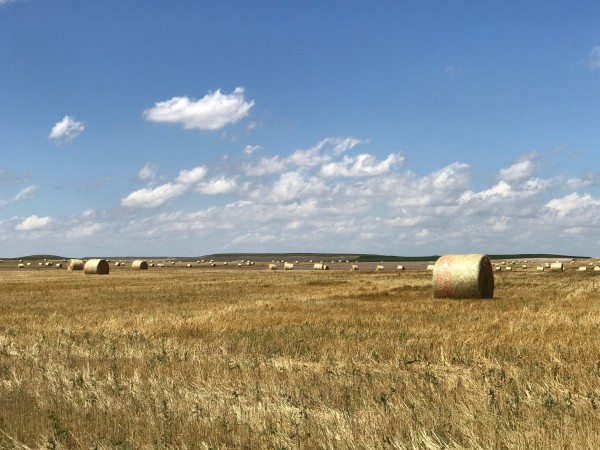GLAD Lab Finds Population Growth is Outpacing Cropland Expansion
According to new research published in Nature Food by members of the University of Maryland’s Global Land Analysis and Discovery (GLAD) Lab, people are populating the planet more quickly than land is expanding to keep up with an increased demand for food.
Using a time series of global satellite data to map changes in cropland area from 2000 to 2019, Peter Potapov, research professor and co-director of the GLAD Lab, and the team found that since 2003, the world population increased by 21%, but cropland only expanded by 9%. As a result, global per capita cropland area–the share of land that could be equally dedicated to each person around the world–decreased by 10% too.
South America saw an increase in per capita cropland area, but countries including Ethiopia, Nigeria, Pakistan, Senegal, Tajikistan, and Niger saw significant decreases. Southwest Asia saw the greatest, experiencing an almost 20% per capita cropland reduction.
“Per capita cropland area reduction can be an indicator of food insecurity in poor countries that rely on subsistence agriculture,” explained Potapov. He noted, though, that a decrease in per capita cropland area isn’t necessarily cause for widespread concern. “Rich countries like Saudi Arabia can compensate for cropland area decline with food imports.”
Also, there are ways for countries to maximize how much they yield from the land at their disposal. GLAD Lab researchers found that many are doing it.
“We found that Net Primary Production within croplands, which indirectly indicates cropland productivity, increased by 25% between 2003 and 2019,” Potapov went on. “The per capita annual cropland NPP also increased globally by 3.5%, balancing the per-capita cropland area reduction.”
What’s more concerning is the impact that these 21st century land trends may have on climate change. Though a logical solution to food insecurity is making more room for nations to produce food, it comes with a cost.
“Agricultural land expansion is one of the most important factors of global climate change–as a source of greenhouse gas emissions from deforestation and cattle production, and the reason for species extinction through habitat loss,” said Potapov. “This illustrates a conflict with the UN Sustainable Development Goals, specifically the targets to halt deforestation and degradation of natural habitats.”
The UN Sustainable Development Goals, adopted by the Obama administration in 2015, set out to make 17 peace, prosperity and sustainability improvements by 2030. Taken in context with other Department of Geographical Sciences reports, including the recently released 2021 Global Carbon Budget, “Global maps of cropland extent and change show accelerated cropland expansion in the 21st century” results support the notion that more progress must be made to meet those goals.
Article by Rachael Grahame and originally posted by UMD College of Behavioral and Social Sciences. Photo taken by Peter Potapov.
Published on Thu, 12/23/2021 - 14:21


